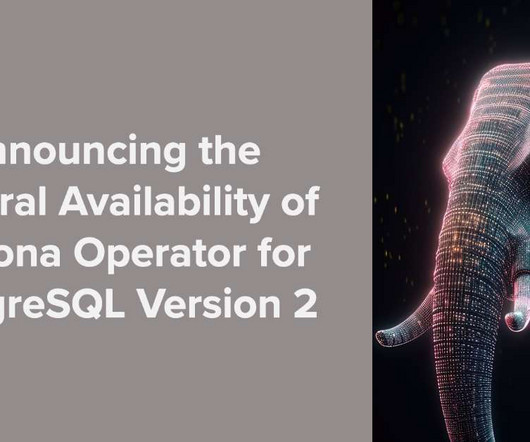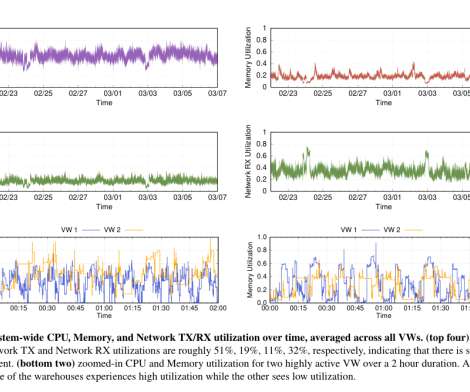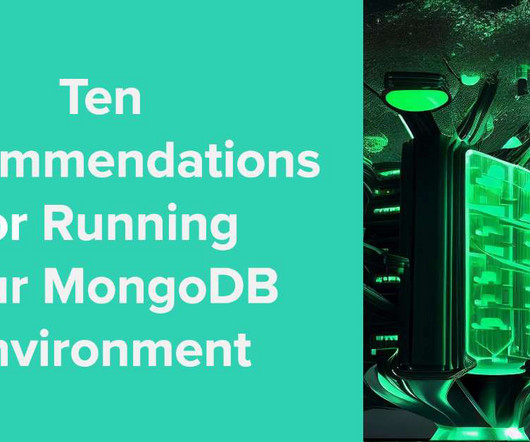What is Serverless Architecture?
cdemi
FEBRUARY 20, 2017
Let's talk about the elephant in the room; Serverless doesn't really mean that there are no Software or Hardware servers. Serverless is currently a hot topic in many modern architectural patterns. Cost - Serverless Computing is more cost-efficient than having a fixed quantity of servers. Advantages. Disadvantages.




























Let's personalize your content